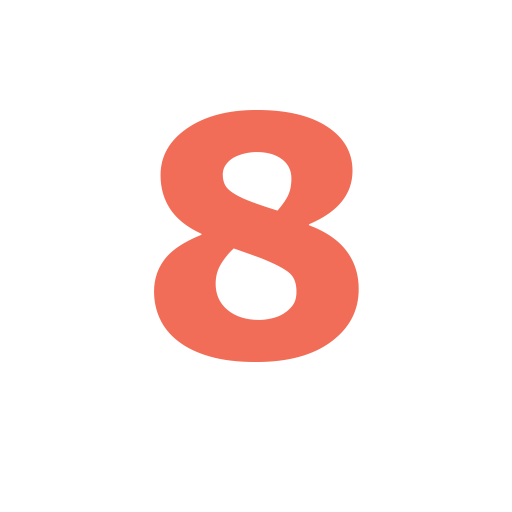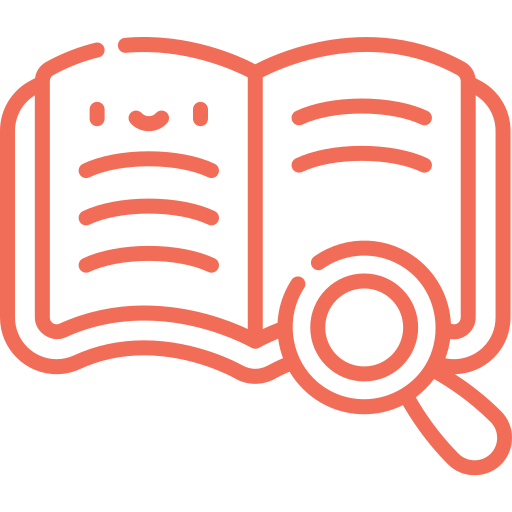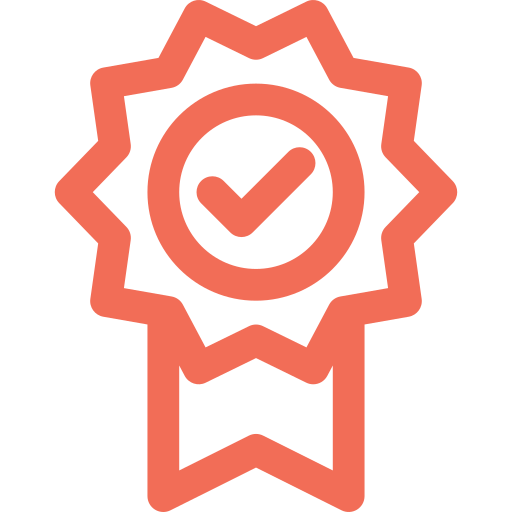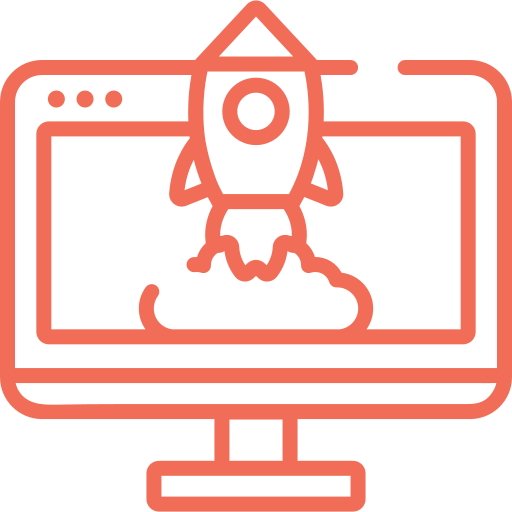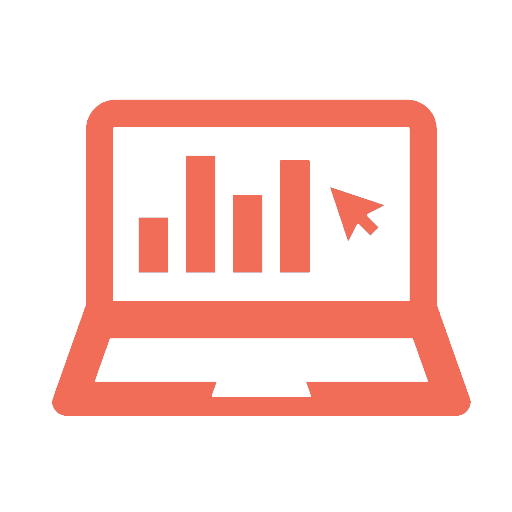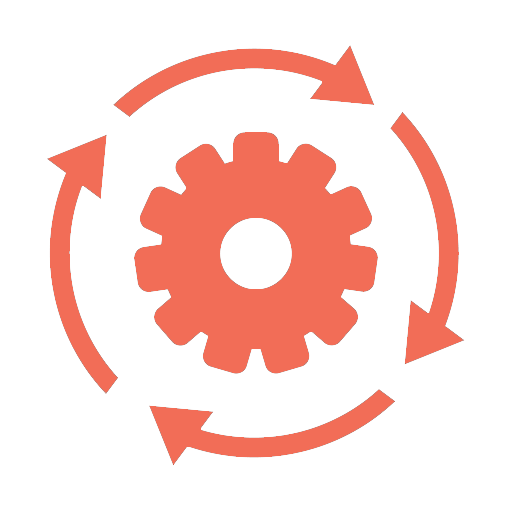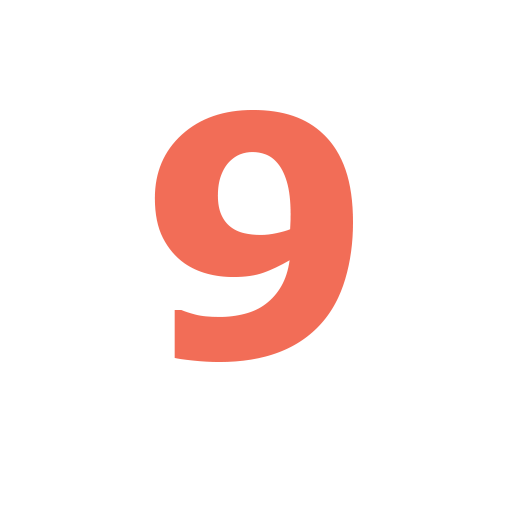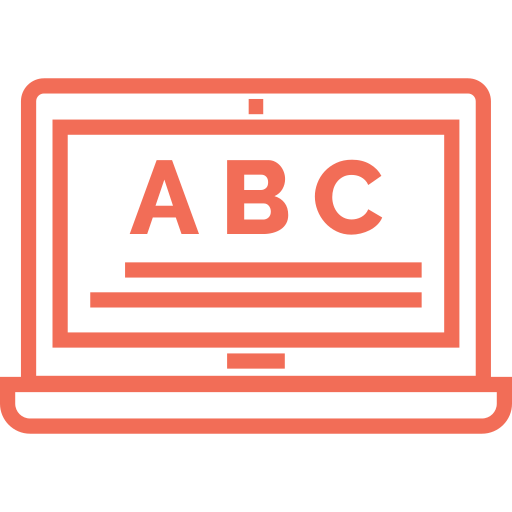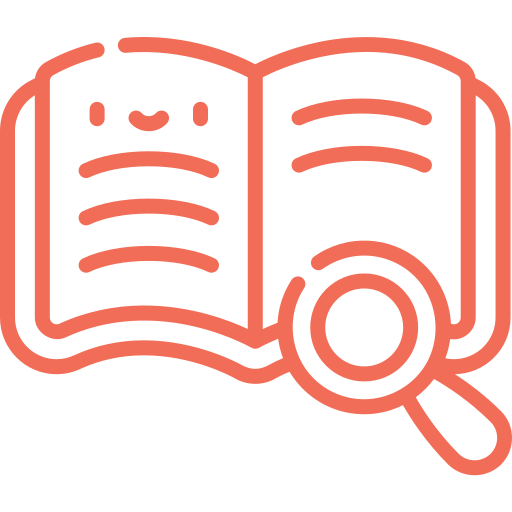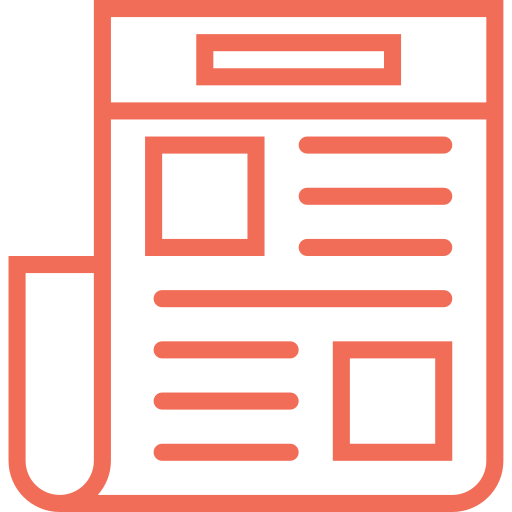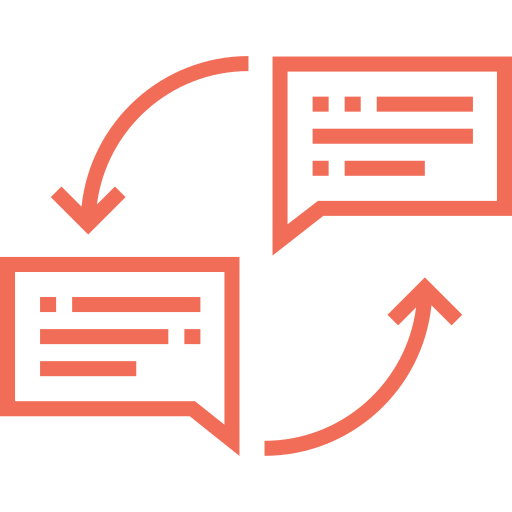
Reading Diagnostic Assessments
The most accurate and prescriptive reading assessments within an online platform

Granular and actionable assessment data for foundational reading skills
Let’s Go Learn’s DORA assessment series diagnostically evaluates each student’s reading abilities while providing the highest level of reliability and accuracy. By employing revolutionary adaptive logic and focusing on diagnostic test design, Let’s Go Learn’s assessments maximize the information obtained about each student while minimizing test-taking time and anxiety. The granular data captured by each assessment offers classroom teachers a comprehensive and actionable picture of each student.
Ensuring that reading assessments are as expansive as each child or student
Let’s Go Learn’s age-appropriate assessment interfaces engage readers and make testing more fun and relevant. The platform’s adaptive technology intelligently navigates across multiple areas within reading to provide a broad comprehensive look for each teacher to direct personalized instruction or for automated online intervention.
Rather than summarize developing readers into single scores, the DORA series expands reading into multiple sub-tests. Reading ability doesn’t reduce to a single score, as many screening tools and benchmark tests assume. Rather, it is made up of many skills: comprehension strategies, vocabulary, sight-word recognition, phonics, spelling, phonemic awareness, and more. Within each of these areas, a specific level can be found that identifies the ideal starting point for each student. These points, also known as a student’s zone of proximal development, should never be defined by a student’s grade level. They are determined by what each student actually can and cannot do based on a set of test items, not on single questions. Single-question adaptive logic is the hallmark of screeners and summative tests’ analysis of students. They make recommendations based on the data of the many, not the actual data of the one. Let’s Go Learn will never make this mistake when assessing your students.
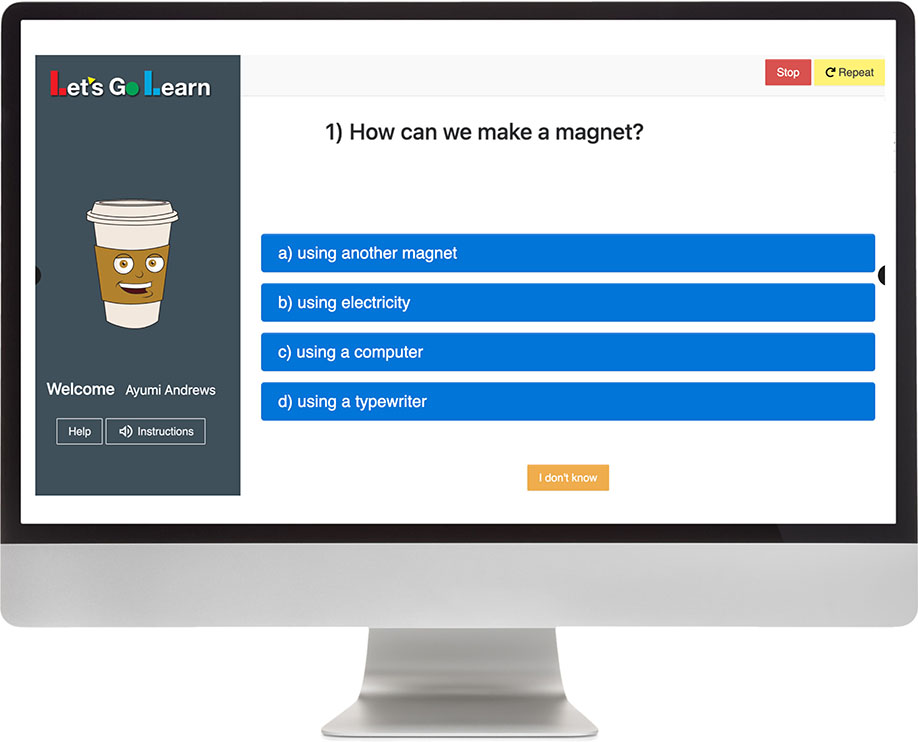
Diagnostic reading assessments begin in decoding sub-tests, move into vocabulary, and finally finish with silent reading comprehension. In this example, a student with a customized avatar has shown he can decode words, and now he’s answering questions about a magnetism-related reading passage.
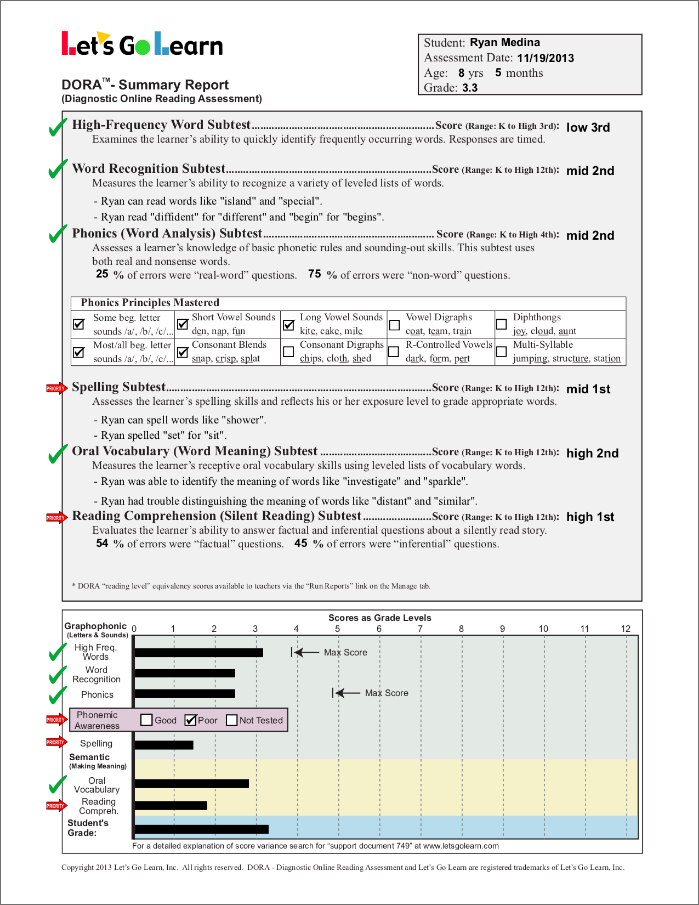
Instant accurate reports based on evidence, standards, and solid data
Let’s Go Learn’s web-based platform offers instant reporting for a teacher to share with an administrator, parent, or student. Reports are comprehensible to all users, since they use easy-to-understand grade-level scores and simple narratives.
Other reports are designed for the special education teacher who needs to write student IEPs faster and with greater accuracy. In addition, DORA can find present levels and determine weekly, monthly, or quarterly student language-art goals. When used with formative assessments, progress monitoring becomes automatic. All data rolls up into a unified, vertically scaled grade-level score dataset.
Reports can be created for small-group instruction for classroom teachers or for school-based reports to inform principals and department leaders. Evidence-based teaching has never been easier with the dynamic range of reports for all stakeholders.
Reading Diagnostic Assessments
DORA
The Diagnostic Online Reading Assessment is a K-12 web-based assessment that diagnostically evaluates students’ reading abilities.
DORA Dyslexia Screener
DORA DS provides a valid and reliable means to screen all students quickly online and accurately for dyslexia, as required by many states.
DORA Phonemic Awareness
DORA PA provides a thorough assessment of oral phonemic awareness skills.
DORA Spanish/EDELL
Evaluación Diagnostica Español de Lectura en Línea is a diagnostic assessment of student Spanish reading abilities.
Common Questions
How does the DORA work to identify gaps caused by learning loss or unfinished learning?
How does the DORA series work to measure student progress?
Is DORA appropriate for students with IEPs?
Are specific areas such as letters or single-syllable words tested in DORA?
How does DORA approach the assessment of decoding skills?
How does DORA separate out phonics abilities in students who have very strong word knowledge already?
How does DORA compare to other types of assessments, such as iReady, STAR, or MAP-ELA?
Does DORA assess phonological awareness?
Is DORA aligned to the Science of Reading?
Your Content Goes Here



